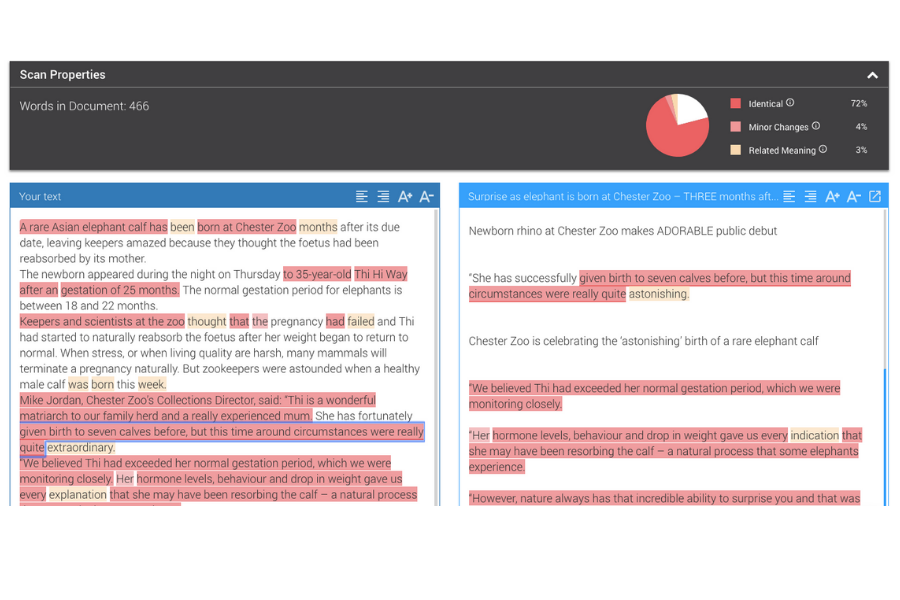

Reverse the effect of the purchase invoice or other payment – Once you’ve posted the original transaction, you need to reverse the effect of it using journals. The steps below assume you’ve already done this. Record the original transaction – When you receive the original invoice or make the payment, you should record this as normal as a purchase invoice or an other payment. If you’re making a payment in instalments, you should record the payments as normal as and when you make them. These steps only apply if you make a lump sum payment and want to spread the cost.

When you receive the actual amount, you can make adjustment to the final amount Record a prepayment Instead of recording the whole value of the invoice in March, you estimate the cost and record a journal each month. This where you are billed for something at the end of a quarter and want to spread the cost across each month.įor example, you receive an invoice for electricity usage in March for the period January to March. AccrualsĪn accrual is when you pay for something in arrears. Instead of recording single lump sum in January, you spread the cost across each month. PrepaymentsĪ prepayment is when you pay an invoice or make a payment for more than one period in advance but want to show this as a monthly expense on your profit and loss.įor example, you pay your rent in January to cover the next six months ( January to June). This will give you a realistic picture of your monthly profits and how your business is performing.

Rather than record it as a lump sum, use journals to spread the cost over the number of months the invoice or payment covers. If you receive an invoice or make a payment that covers several months, and you record it as a lump sum in one month, this can affect your profit for that month. Spreading the cost like this is known as making a prepayment or an accrual.
Recordit vs how to#
How to spread the value of income and expenses across several months to improve your cash flow and get a realistic picture of your profits.


 0 kommentar(er)
0 kommentar(er)
